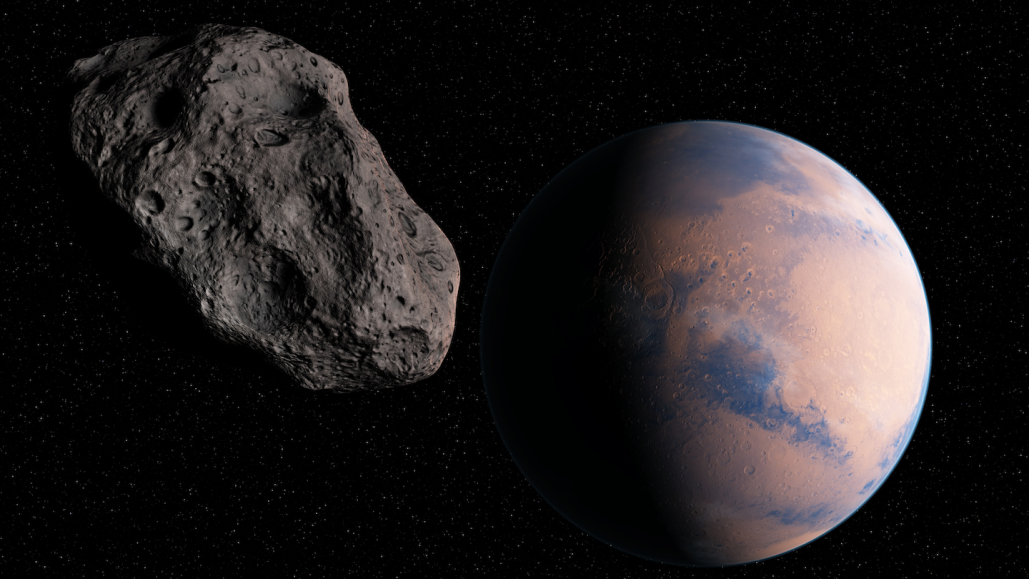asteroid: A rocky object in orbit around the sun. Most asteroids orbit in a region that falls between the orbits of Mars and Jupiter. Astronomers refer to this region as the asteroid belt.
astronomer: A scientist who works in the field of research that deals with celestial objects, space and the physical universe.
diameter: The length of a straight line that runs through the center of a circle or spherical object, starting at the edge on one side and ending at the edge on the far side.
gravity: The force that attracts anything with mass, or bulk, toward any other thing with mass. The more mass that something has, the greater its gravity.
moon: The natural satellite of any planet.
orbit: The curved path of a celestial object or spacecraft around a galaxy, star, planet or moon. One complete circuit around a celestial body.
orbital: Adjective for something relating to orbits. (in chemistry and subatomic physics) The pattern(s) of electrons (and their density) that form(s) within an atom or molecule.
satellite: A moon orbiting a planet or a vehicle or other manufactured object that orbits some celestial body in space.
sun: The star at the center of Earth’s solar system. It is about 27,000 light-years from the center of the Milky Way galaxy. Also a term for any sunlike star.







